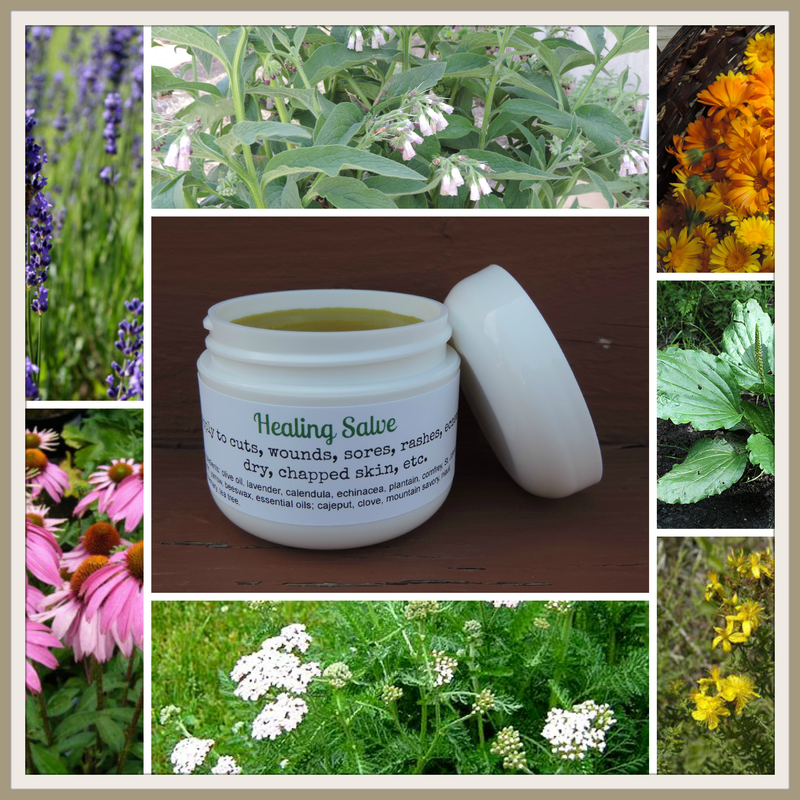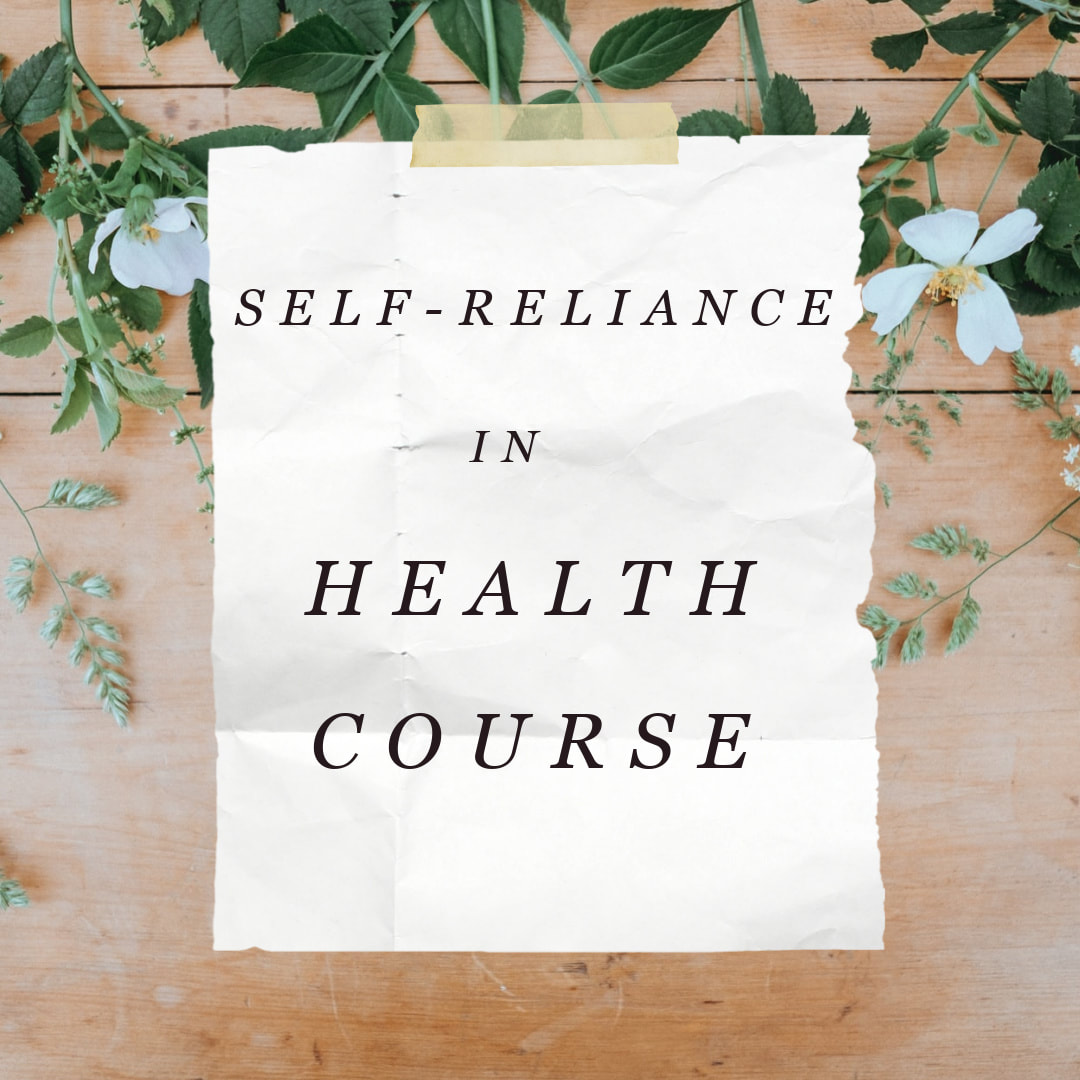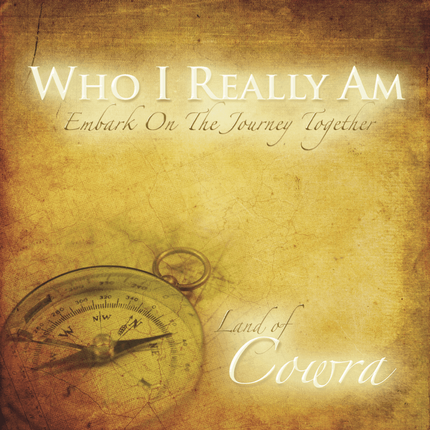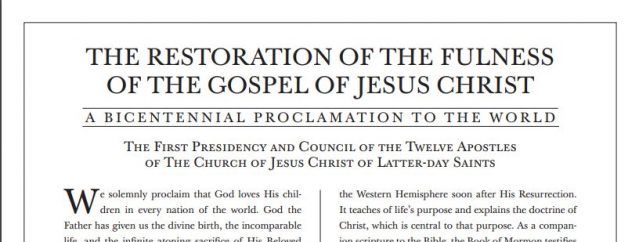Family: Labiate/Lamiaceae (mint)
Parts Used: Blossoms
Energetics: warming, bitter, drying
Systems Affected: nervous, skin
Lavender is my favorite herb. Not only does it look and smell heavenly but it has a powerhouse of healing abilities. I always like to name my herbs based on their healing abilities and since lavender is my favorite I give it two names: The when in doubt herb and the burn herb. When you can’t think of what to do for a condition, lavender will be the one to go to. It also has amazing abilities to heal and soothe burns.
Herbal Properties and Actions
- analgesic
- anti-bacterial
- anticatarrhal
- antifungal
- anti-inflammatory
- antiseptic
- antispasmodic
- carminative
- circulatory stimulant
- expectorant
- nervine
- relaxant
- sedative
- vulnerary
- mild anti-depressant
Beauty and Personal Care
- deodorizing
- hair loss
- dandruff, dry, itchy scalp
- tones skin and improves circulation
- acne and other skin conditions
- good for dry skin - especially when used as a facial steam
- perfume
- mouthwash - freshens and deodorizes the mouth
In the Home
- Potpourri
- Herbal vinegar - use as a multi-purpose cleaner to disinfect, cleanse and deodorize.
- Laundry - fill a muslin bag with lavender flowers and toss in the dry with laundry to freshen and disinfect (you could also use a sachet).
- Sleep pillow - tuck under pillow or next to the pillow for a good nights rest.
- Sachet, muslin bag, or sheer bag filled with blossoms - place in linen closets, drawers, closets, cupboards, etc. burn the dried stalks like incense - can also burn in bundles to disinfect and deodorize, they can also be thrown in the fireplace to burn.
- Use in any of your favorite household cleaner recipes.
Uses
- Burns; household, sun, chemical - apply essential oil directly to burn (or use burn spray, below).
- Sedative, calming and relaxing - in small amounts.
- Stimulating - in large amounts.
- Relieves tension, stress, anxiety and sleeplessness.
- Strengthens the nervous systems, calms anger, agitation, and irritability.
- Aids circulation, strengthens and soothes the heart.
- Headaches and migraines - especially when combined with feverfew.
- Very gentle and healing for any concern with babies & children; over tired, fussy, colic, skin problems, first aid, etc.
- Any skin condition; dry skin, rashes, diaper rash, eczema, infection, etc.
- Fungal infections like ringworm, athletes foot, nail fungus, yeast infection, etc. (combine with Tea Tree essential oil for best results).
- First aid: disinfectant, cuts, wounds, sprains, strains, burns, etc. (essential oil works best for this purpose).
- Indigestion; nausea, cramps, tummy ache, flatulence, loss of appetite.
- Colds, flu, decongestant, respiratory, asthma, whooping cough, bronchitis.
- Inflammation
- Insect repellent, parasites and lice.
- Pain Reliever
- Muscle aches, tension and spasms.
- PMS symptoms
- After birth healing - take a lavender bath every evening before bed to speed healing, can use lavender tea or the essential oil.
Methods of Use
- Essential Oil – This is the best method for first aid purposes. Diffuse, apply to area of concern, put in bath, massage into feet or any area of the body.
- Infusion (tea) - Works great as a hair rinse and wash for cuts and scrapes. Also drink for any above concern, check out my lavender lemonade recipe for a yummy way to take your tea.
- Herbal sachets (bags) – toss in the dryer with laundry, use for headaches, aching body parts, and boo boo pack. Sleep and dream pillows for good rest. Place in drawers to freshen.
- Infused oil: Add a few drops of lavender EO after straining for a more power packed oil. Use as a massage oil for muscle tension, stress, headache and for calming at bedtime. This is great for baby massage and children.
- Herbal vinegar, honey, tincture, syrup, salve, creams, and body care products.
- Bath and foot soak
- Compress, fomentation or herb rubbed right over area.
- Herbal water, douche or enema
- Culinary uses; pesto, soups, stir-fry, sauces, marinades, sprinkle, dips, vinegar, salad dressings, meat rub, salt, drinks, smoothies and more.
Care/Harvesting
- Place in a dry and sunny hot spot. It must have well drained soil and can be planted in full sun or part shade.
- Water lightly.
- Best to plant from a root division or get a plant from the nursery.
- Space plants at least 12-24” apart.
- Mulch in the fall.
- For highest quality medicinal properties harvest the lavender flowers when the buds are just opening. The blossoms are where the highest concentration of constituents are.
Herbs need to either be used right when they are picked or preserved immediately to maintain their medicinal qualities. With an herb like lavender where we are using the blossoms, they must be harvested all at once and dried immediately.
- Cut the blossoms as they are just opening, I always have little helpers for this job. I like to cut around my plant and leave some blossoms in the middle for the bees.
- Use one of the methods to dry herbs.
- Once dry, place in an air tight container and store in a cool, dark location.
Recipes
Resources
What to make and do with lavender by Strangers and Pilgrims
How to Make Lavender Wands - The Herbal Academy
The Herbal Kitchen
Essential Herbal Wisdom
Rosemary Gladstar's Medicinal Herbs
The New Healing Herbs
|
|





































